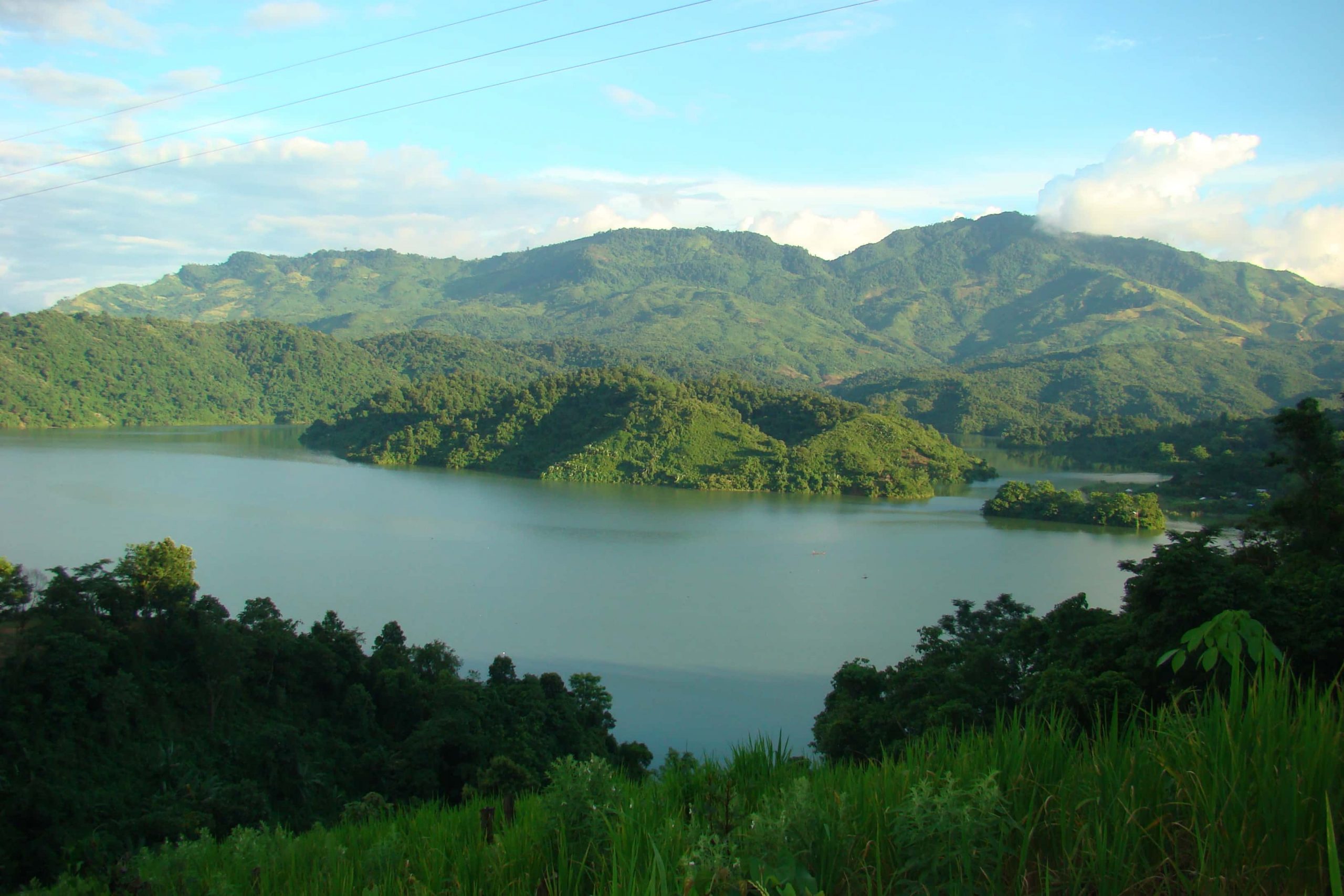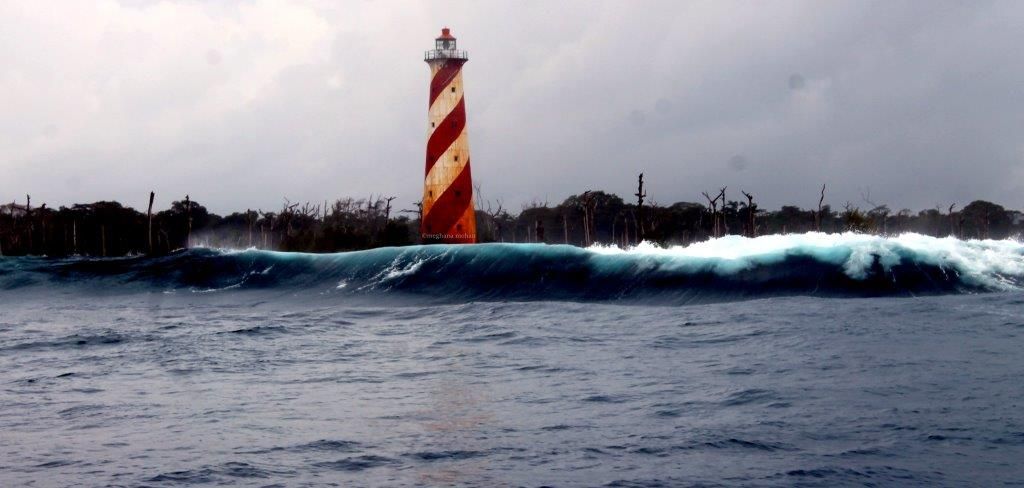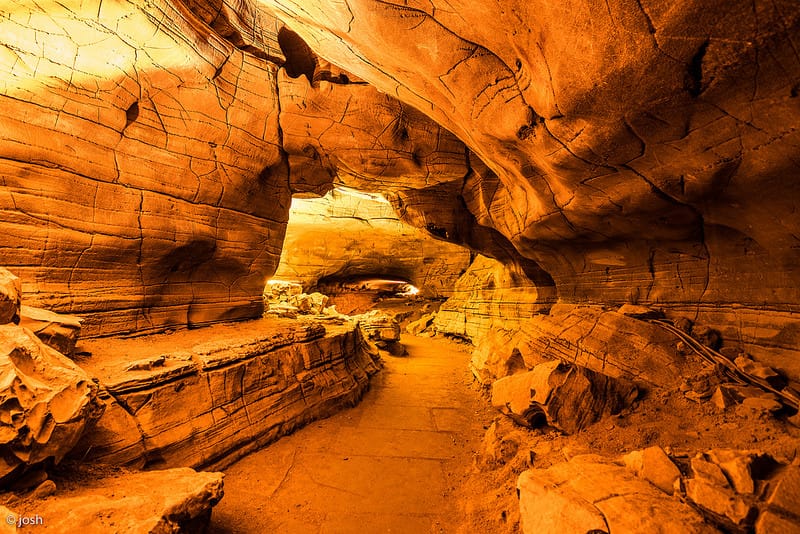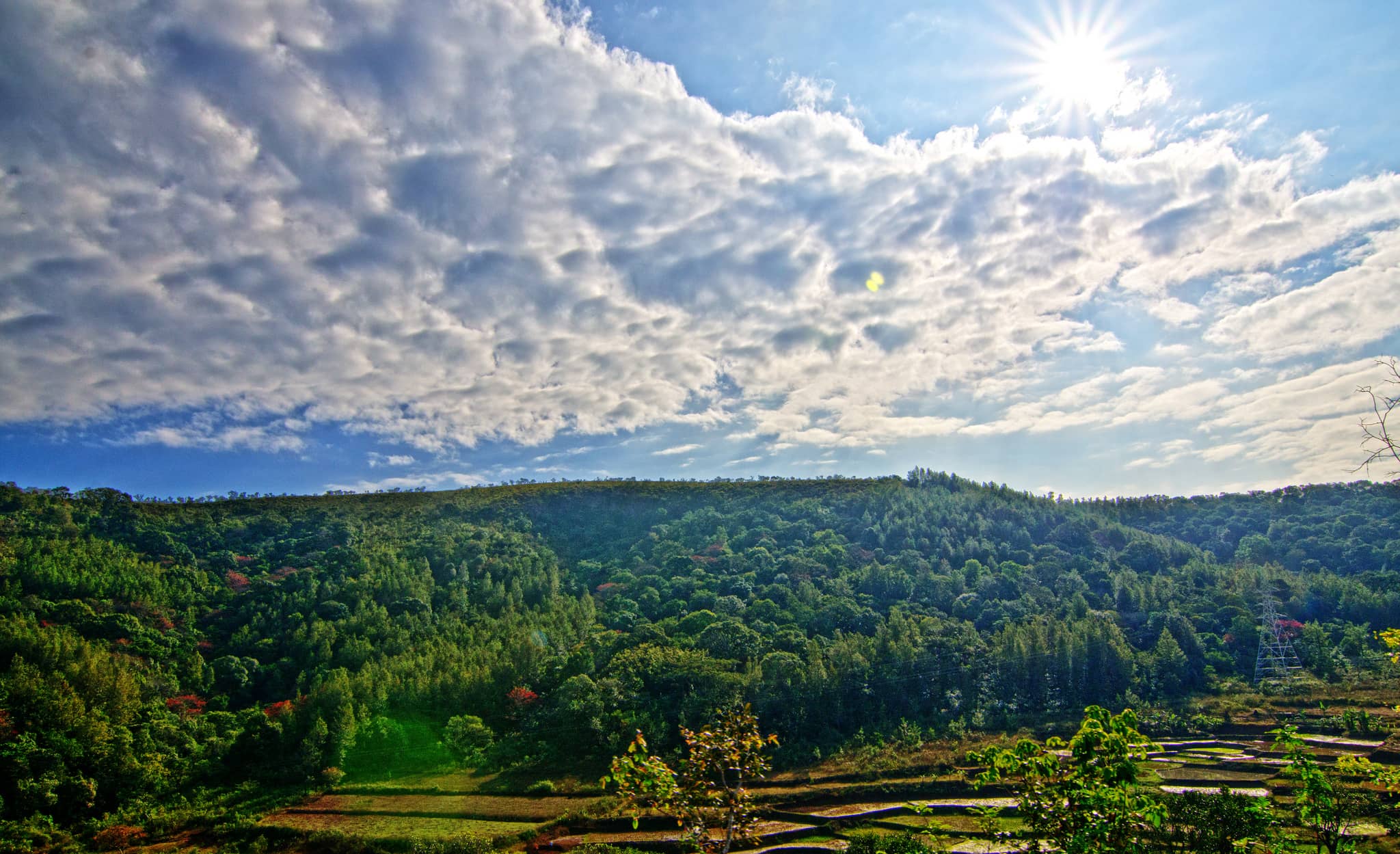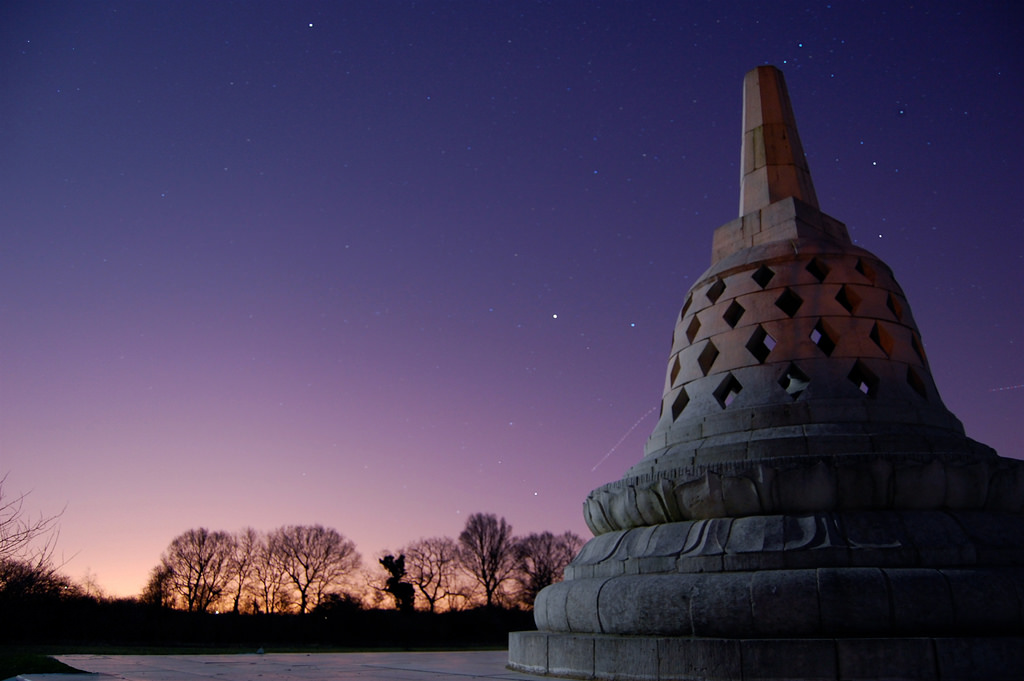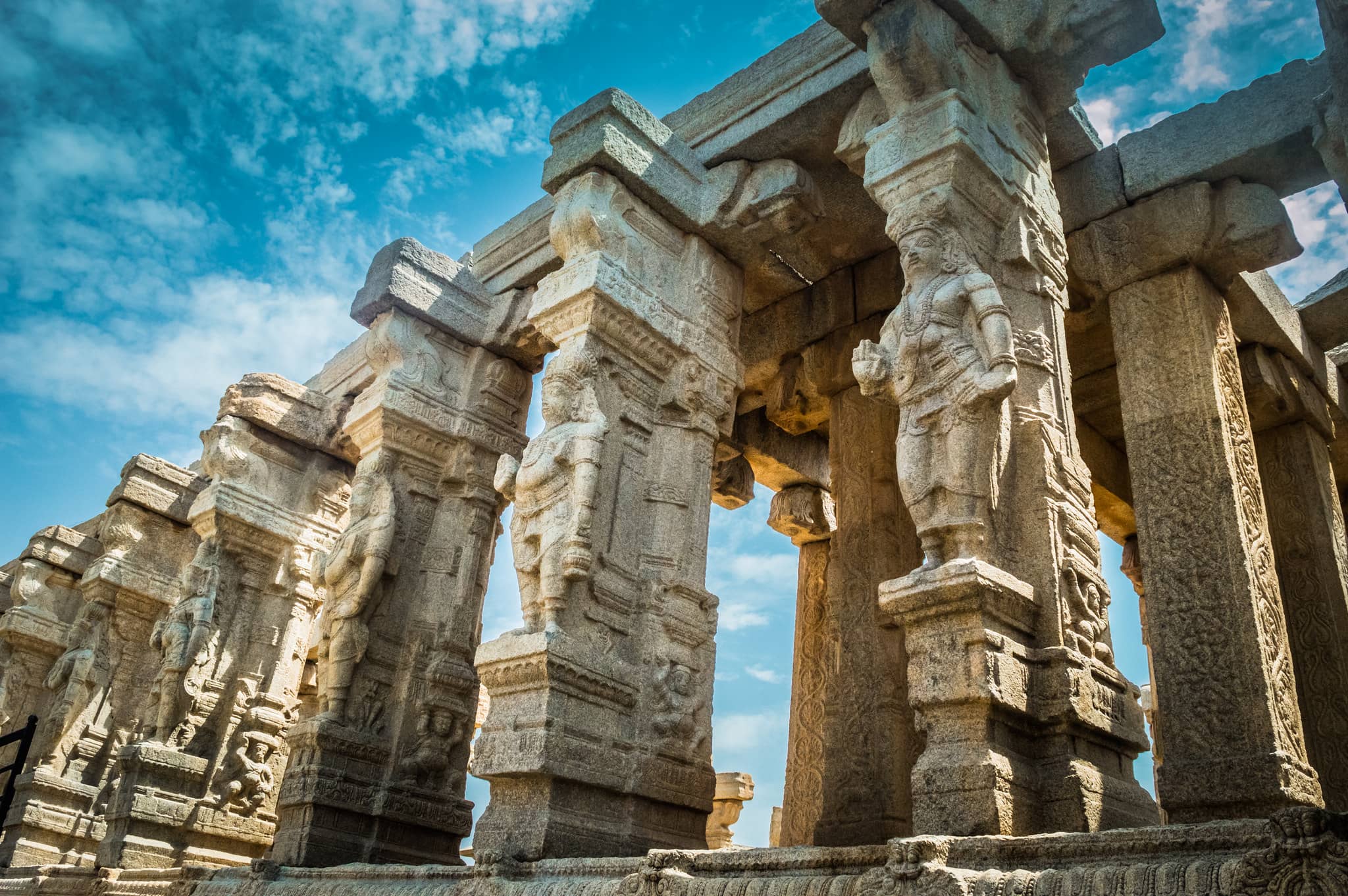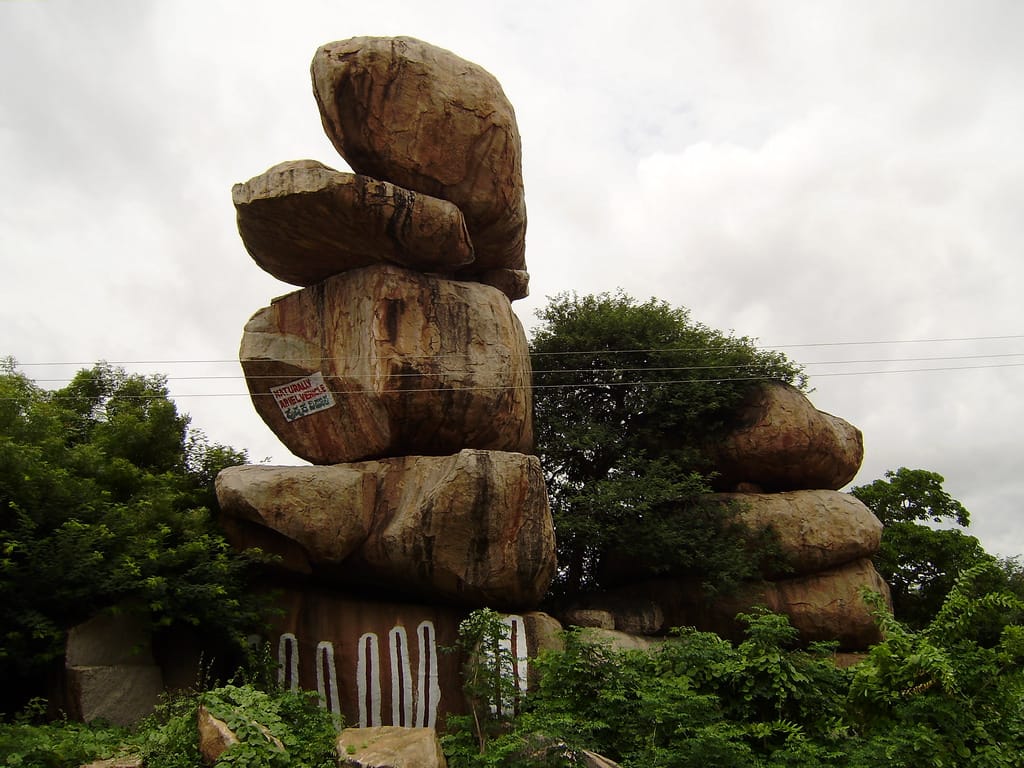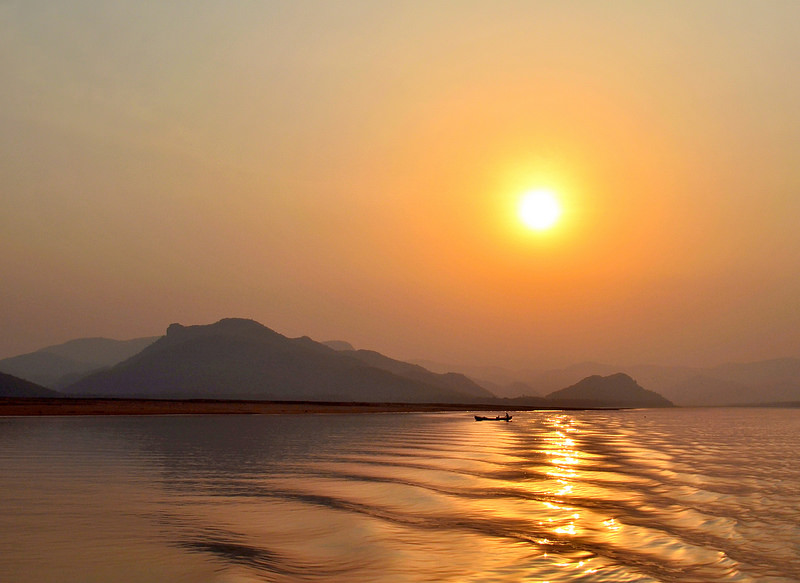Wokha district in Nagaland is known as the “land of plenty” because it has rich natural resources, fertile land, and a variety of plants and animals. It is located in a key area, sharing its borders with Assam on the west and north, Kohima and Dimapur in the south, Zunheboto in the east, and Mokokchung in the northeast. The name “Wokha” comes from the Lotha dialect, and it means “headcount” or “census.” The district is divided into three main ranges:
- Upper Range: Includes places like Wokha town, Wozhuro, Chukitong, and Englan.
- Middle Range: Covers areas like Lotsu, Sanis, and Aitepyong.
- Lower Range: Includes Bhandari Circle and the Ralan region.
Wokha is not only naturally beautiful but also holds economic importance for Nagaland.
places to visit in Wokha
Doyang Hydro Project
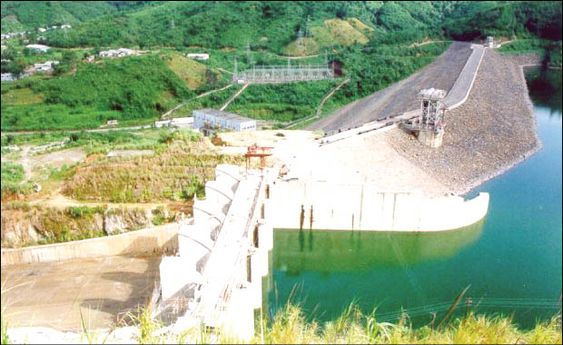
Started in the late 1980s and completed in 2000, the Doyang Hydro Project is built along the Doyang River. This river makes the area a beautiful and peaceful spot for visitors. The project site has become a popular place for tourists who enjoy nature and scenic views. The calm surroundings and flowing river attract nature lovers. It’s also an important part of Nagaland’s energy development. The area shows a great mix of engineering and natural beauty.
Liphanyan Governor’s Camp

Liphanyan Governor’s Camp is a well-known picnic spot by the Doyang River. The beautiful landscape and cool breeze make it perfect for outdoor fun. People come here to enjoy activities like river rafting, angling (fishing), and camping. The peaceful environment and adventure sports make it a favorite among visitors. It’s a great escape from the city. Families and groups often come here to relax and enjoy nature.
Mount Tiyi
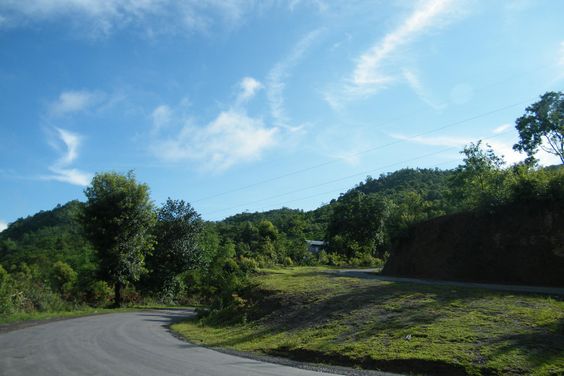
Mount Tiyi, located in the Wokha district, stands about 1969 meters tall. It’s not just a mountain—it holds a special place in local legends. People believe it has a hidden garden for spirits, a spring of mysterious water, and a path to the afterlife. The mountain is surrounded by lush greenery and gives amazing views. It’s popular with trekkers and nature lovers. The spiritual stories add charm to its beauty.
Doyang River
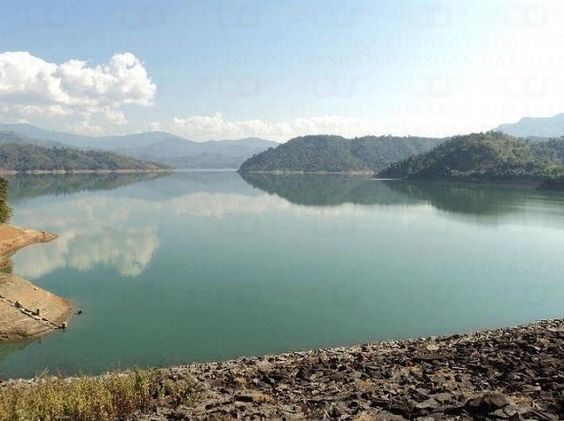
The Doyang River is the biggest river in the Wokha district. It flows along the southern side of the state and plays a big role in local life. The river supports farming, fishing, and also helps in generating electricity. It’s also known for its scenic beauty and birdwatching, especially during the migratory season. People love visiting its banks for peaceful walks or picnics. The river is a lifeline for the region.
Vankhosung

Vankhosung is a historic place in Wokha as it is where Christianity first came to the region. It is located near Mount Tiyi in the foothills. The place holds religious and cultural value for the local people. Many visitors come here to see its churches and learn about its role in Nagaland’s Christian history. The peaceful surroundings make it a great spot for reflection. It is a blend of spirituality and heritage.
Mount Totsu
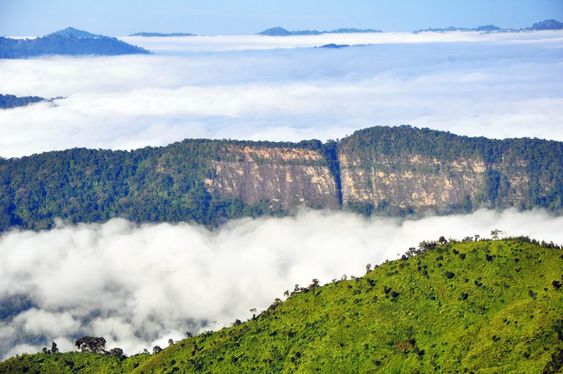
Mount Totsu is often called the “Grand Canyon of Nagaland” because of its dramatic cliffs and thick green forests. It is a great place for camping and trekking. Local stories say it’s guarded by a spirit, two big crabs, and two pythons. These tales add to the mystery of the place. The mountain is ideal for adventure seekers. Its natural beauty and folklore make it a fascinating spot.
Best Time to Visit Wokha
Wokha has a tropical climate, so the weather stays warm most of the year. Summers are comfortable for sightseeing, with temperatures between 16°C and 32°C. Even though it may get hot in the day, the nights are cool and pleasant. Monsoons bring heavy rains and are not safe for travel due to landslides. August sees the most rain and hailstorms. Winter starts in November and brings chilly winds, especially in the evenings, making it a good time for tourists.
| Season | Months | Weather | Travel Tips |
|---|---|---|---|
| Summer | March – June | Warm days (16°C–32°C), cool nights | Good for sightseeing; pack light clothes |
| Monsoon | July – September | Very humid with heavy rainfall, hail | Avoid travel; risk of landslides |
| Winter | November – February | Cold with chilly winds | Ideal time to visit; carry warm clothes |
